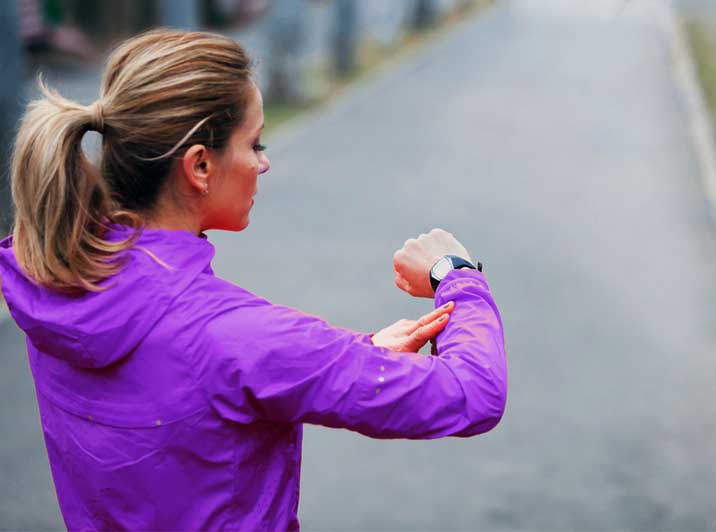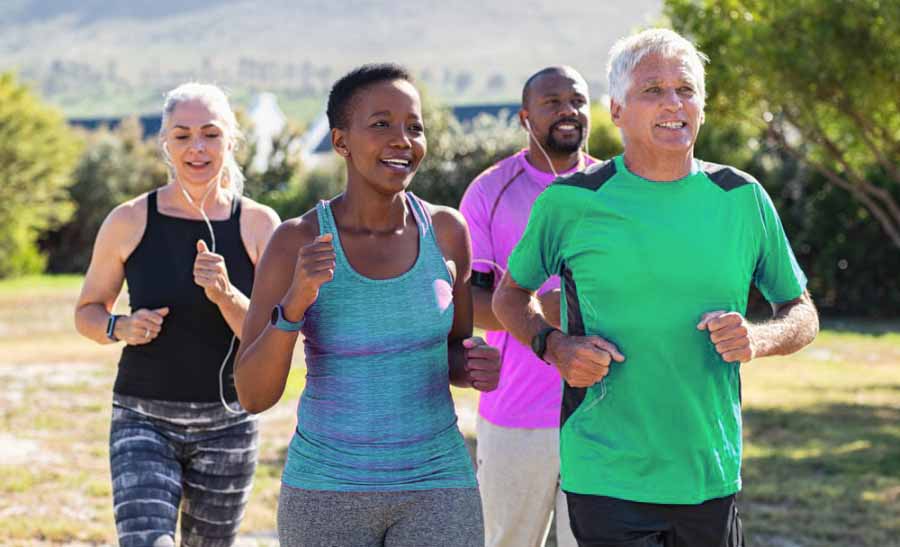Walking regularly is recognized as one of the best forms of exercise with health benefits from head to toe. A long, vigorous walk is considered hiking in North America, while the word walking covers shorter walks (Wikipedia).
Except for those with unusual health issues or injuries, walking is good for everyone — young and old. Whether a short walk or a longer hike, walking is not only good for fitness, but according to numerous articles and studies, it also relieves stress and promotes मानसिक स्वास्थ्य.
Walking and hiking are both low impact exercises which don’t typically cause injury to joints. In fact, walking actually helps to increase bone density and reduce the risk of osteoporosis.
According to the American Heart Association, walking also reduces the risk of coronary heart disease; improves blood pressure, blood sugar levels and blood lipid profile; maintains body weight and lower the risk of obesity; reduces the risk of breast and colon cancer; and reduces the risk of non-insulin dependent (type 2) diabetes.
If that isn’t enough for you, walking promotes healthier skin.
In addition to all these health benefits, a stroll in your neighborhood is a good way to bond with your spouse, kids or pet, meet your neighbors, and enjoy the beauty around you.
What are you waiting for? Get out there and start walking!
How Many Steps Is 10000 Steps Per Day
Two thousand (2,000) steps equal approximately one (1) mile. Ten thousand (10,000) steps equal approximately five (5) miles. This is calculated by taking the average persons stride length which is estimated at approximately 2.5 feet long.

If you are ready to start getting healthier and feel better and want to track you’re actual steps per day you can invest in a pedometer and start wearing it daily. Put it on in the morning when you get out of bed and wear it all day until you go back to bed.
Keep track of your progress in a notebook or a calendar just for monitoring your improvements.
Always seek the advice of your primary health care physician before starting any new exercise.
Once you get the thumbs up from your physician and you are ready to start a new exercise regime weigh yourself and take measurements with a flexible tape measure.
Start at the top of your body and work your way down measuring your neck, upper arm, chest/breast, waist, hips, upper thigh, and calf.
Remember to always measure in the same spot and on the same arm/leg each time.
The reason for weighing and measuring is because your weight can go up when you start exercising because muscle weighs more than fat.
When you also measure you can see the true results from your efforts.



